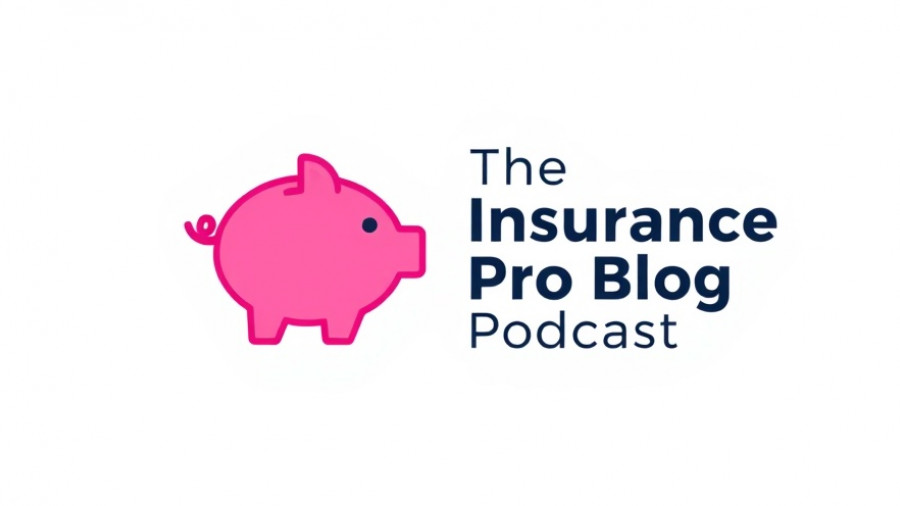
Why Focusing on Life Insurance Expenses Could Be a Mistake
In the complex world of financial strategies, particularly when it comes to life insurance, many families and professionals find themselves obsessing over expenses. Understanding the intricacies of expense ratios and load fees seems paramount. However, the critical insights reveal a shift in focus is necessary. This article delves into why worrying about life insurance expenses may lead you away from achieving your true financial goals.
Understanding the True Value Beyond Costs
Life insurance can serve as a robust tool for asset protection and generational wealth creation. Yet, individuals often fixate on costs instead of evaluating long-term outcomes. For instance, the typical expense ratio for cash-focused life insurance policies is often lower than perceived. It's essential to turn the focus from an obsession with immediate expenses to a holistic approach that centers on your future financial health.
Changing Perspectives on Policy Evaluation
The crux of successful life insurance ownership is not in scrutinizing fees but in determining whether a policy aligns with your financial objectives. The most astute buyers concentrate their efforts on evaluating whether their life insurance policies will meet their needs in 10, 15, or even 20 years. This perspective shift is crucial; by considering long-term growth instead of short-term expenses, families can significantly enhance their financial outcomes.
Real-World Insights: Lessons from Experience
Over years of consultation with clients, there's a marked difference in those who succeed with their financial strategies and those who remain stagnant: the former engage strategically with their policies, opting to focus on outcomes rather than getting bogged down by variable expenses. Successful clients invest their time in understanding how their chosen policies will evolve over time rather than seeking minute details about fees.
The Impact of Neglecting Long-Term Goals
Refusing to see the big picture can detrimentally impact financial planning. Striking a careful balance between understanding fees and maintaining an unwavering focus on asset accumulation and protection is vital. Individuals who spend excessive time negotiating costs often miss golden opportunities for wealth creation through structured cash value policies.
Reframe Your Approach to Insurance Planning
How can one shift their mindset effectively? First, set clear financial goals. Identify what you truly want to achieve, whether it's funding a child's education, securing retirement, or enhancing your family legacy. Second, consult with knowledgeable professionals to help navigate specific policy designs best suited to your financial narrative.
Conclusion: Take Action Towards Informed Decisions
As you contemplate your financial strategy, remember that prioritizing long-term goals over short-term costs ultimately leads to better outcomes in insurance planning. If you’re ready to evaluate life insurance the right way, connect with us today. Your financial future deserves thoughtful planning that transcends cost analysis.
 Add Row
Add Row  Add
Add 




Write A Comment